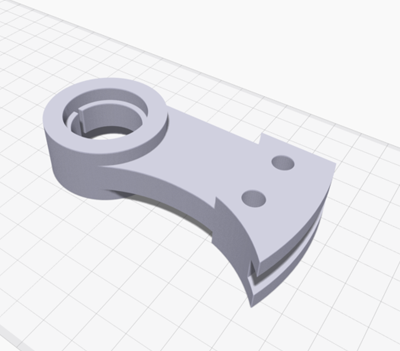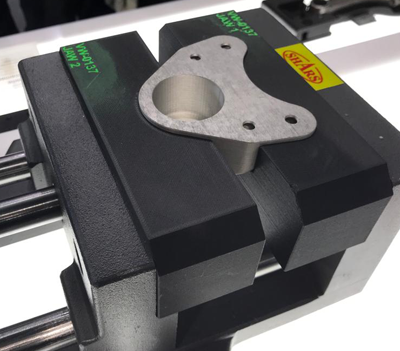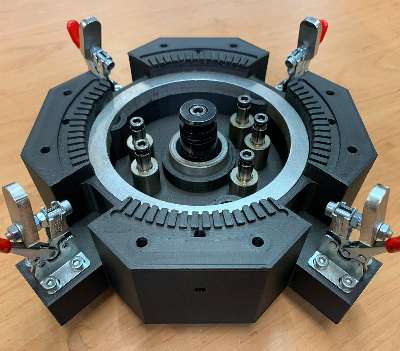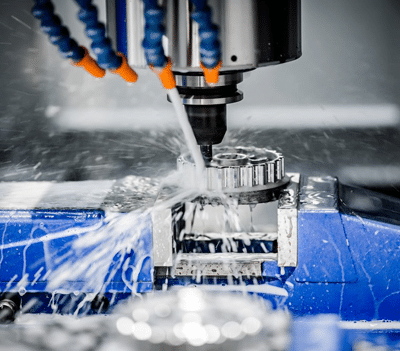3D Scanning, 3D Measurement, 3D Construction and 3D printing at DAVOSCAN GmbH
David Oelschlägel, founder and managing director of DAVOSCAN GmbH, began in 2014 with services in the field of optical 3D scanning and measurement of industrial components. The demand quickly expanded to include reverse engineering and automated robotic measurement technology. Initially, a 3D printer was purchased for their own auxiliary components. The additive construction and now five Markforged 3D printers round off the range of services professionally today
Project Goals
Independence through complete in-house production.
In 2015, David Oelschlägel was looking for a way to be able to manufacture small components for the creation of measurement recordings and “auxiliary components” in-house, so as not to be dependent on a supplier. CNC milling was out of the question for DAVOSCAN for various reasons.
“We can manufacture all contour-bound components that we need for our measurement recordings in-house and are therefore 100% independent!” Says David Oelschlägel happily.
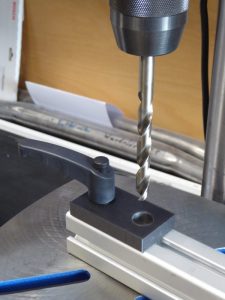
Overview
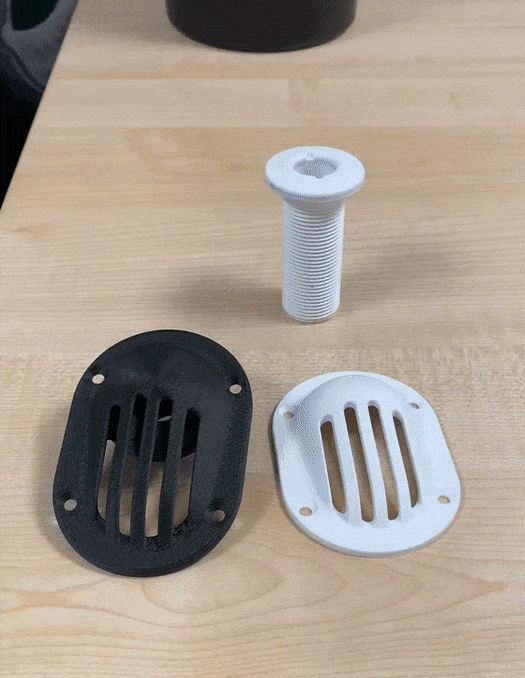
Approach
Fast and Reliable to Customer Satisfaction.
“Markforged offers hardware, software and material in the quality we need. The system is “round” – we can concentrate fully on our project work and don’t have to “bother” with printer parameters. We now use five Markforged 3D printers and can rely on the fact that, regardless of which 3D printer we use, the result will always be the same. For us, Markforged’s 3D printers are production machines – we concentrate on generating the data required for printing, ”reports David Oelschlägel.
The 3D printers are operated by all employees and thus components for measurement recordings (3D scan), “auxiliary production parts”, spare parts, etc. are produced. This allowed the drilling aid for standard aluminum profiles shown above to be designed, printed and used quickly as required.
“Our customers always give us positive feedback that the price and quality are convincing because the” Markforged system “simply works.”
Pictured on the left is a modified cover for a hull thru-hull of a sailing yacht. This should be able to be exchanged quickly and easily for an Atlantic crossing and was converted from a screw solution into a plug connection. The original components were recorded using the 3D scanner, the data were adjusted and 8 modified components made of onyx were printed.
These components withstood the requirements for six weeks in salt water.
The Solution
3D Printing for Personal Use, and as a Service
“Before that, we didn’t have the opportunity to manufacture parts ourselves. Now it’s just great when we can get an idea or a quick job done right away, just by starting the 3D printer!”
Many components that are manufactured on the Markforged 3D printers are for personal use or to make everyday life easier.
A mounting bracket for an aluminum profile profile should be light enough to hold the construction with one hand and guarantee a right angle. The many rounded edges, holes and bores could be implemented quickly and easily with additive manufacturing.
Pictured below on the left is a holder for an airbrush gun, which you had to put down at random beforehand. The small component has a size of approx. 5 x 3 cm and could be printed in 1 hour 18 minutes.
The housing component shown below (the original on the left) was 3D scanned and designed for the 3D printer using reverse engineering. The cost of the 3D printed housing is 90% cheaper than the original component.
In addition, the 3D printed plastic component is much lighter than the original with almost the same properties.
Here you can also see the high quality of the surface very well. This equates to injection molded parts!
The flagpole shown on the front page was designed as an alternative to an expensive, procurable flagpole. The upper part was provided with a ball bearing so that the flag can smoothly adjust to the wind direction. The component was printed without additional continuous fiber reinforcement and serves as a long-term test object. It has been exposed to the sun and various weather conditions there every day for 1.5 years.
DAVOSCAN considers the consideration of “hybrid components” to be very useful, as not everything always has to be 3D printed. The use of additive technology also makes sense in connection with other technologies.
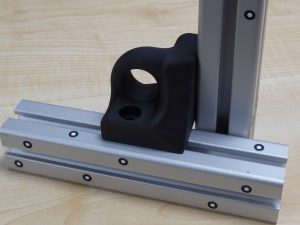
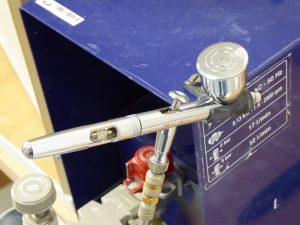
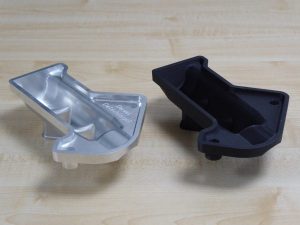
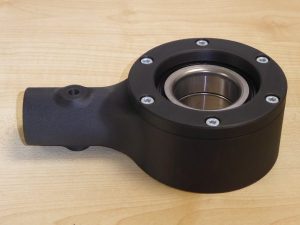
Request a demo!
Feel the strength of continuous fiber for yourself.

The Future
Great Potential for a Secure Future.
“Hardware, software and material make a well-functioning system. We would like to further expand the potential in the area of 3D printing and, above all, what it brings for us, especially thinking in this direction in advance during the development phase (construction).
There are many other examples of how 3D printed components can make everyday life easier. A bracket for roller shutter remote controls was printed on the lower left, an adapter for a camera tripod on the right. Because a camera did not fit on the tripod thread, DAVOSCAN quickly constructed an adapter into which the two matching threads were inserted during printing.
“Often we don’t even look for the parts we need to buy anywhere on the Internet. After considering the cost-benefit effect, we then look directly at the 3D printer.”
“After many years of experience, I fully agree that 3D printing is a real addition to production. Our now 5 production machines from Markforged have become indispensable for internal tasks and customer projects. Industrial 3D printing is NOT a future technology anymore! ” – David Oelschlägel, Managing Director of DAVOSCAN GmbH
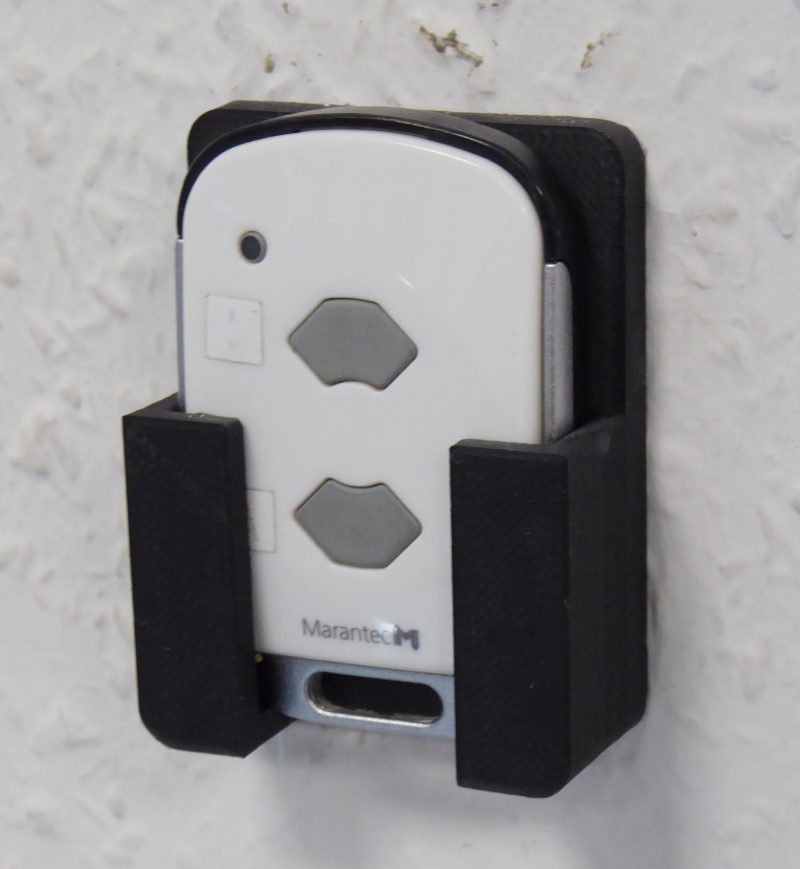
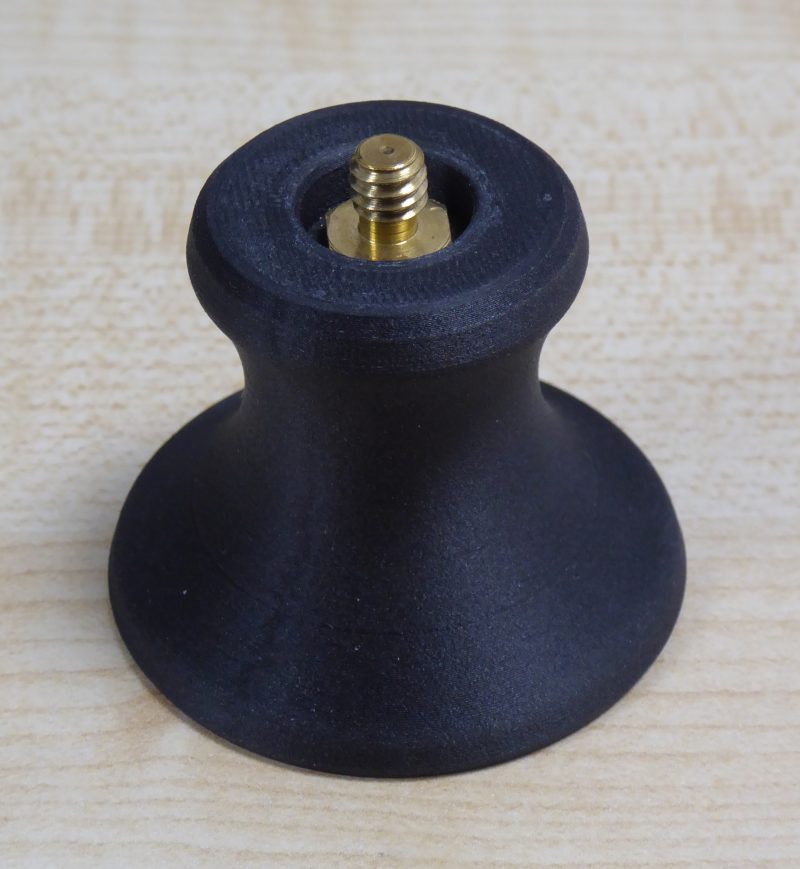
Learn more about 3D printing continuous fibres!
Which continuous fibre is suitable for which applications? How do I design correctly for filament 3D printing? What do users say and where can I find more information? – This is the right place for you! We listed some information leading you directly to the matching answers.

